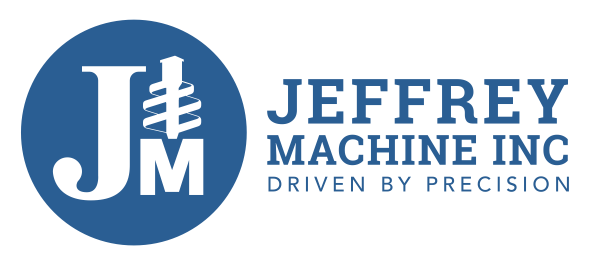Top Tips for Maintaining Your Auger Blades

There is no tool in construction that you can use without it needing maintenance or cleaning. Maintaining these tools is essential; otherwise, the equipment cannot function to its full extent. This brief overview discusses how you can properly maintain your auger blades.
Clean Your Auger Blades (Flighting)
It’s important to keep your tooling clean after use and before storing. Leaving soil or debris on the tool can cause premature rust and corrosion. Pressure washing is one of the best ways to remove large debris or sediment.
Check and Tighten the Blade Screws
Your auger tool could become dangerous if you use the equipment when the blade screws are damaged. The vibrations from the auger could loosen the screws to the point where the blade breaks or tears away from the tool, causing danger to any operators nearby. Double-check the blade screws before each project and inspect for tears or cracks in the material or welds.
Outer Edge Wear Protection
Outer edge wear protection will greatly increase the life of your auger by minimizing wear. Some of the best forms of protection are TungStuds or wear pads, which will extend the life of your tool. These forms of wear protection are also replaceable in the field, minimizing downtime and maintaining your auger flighting.
Replace Blades as Needed
In some cases, maintenance will include replacing worn blades. This is unavoidable because auger flighting is under constant pressure when you consistently drill holes into the earth. You can, however, prevent premature wear and tear with the above tips. When a blade is past its expiration, replace the part immediately to ensure you’re using the auger tool as safely as possible.
The blades on your auger are the most critical component of the tool, allowing you to drill into the earth. Maintaining them is paramount to the efficiency and effectiveness of your work. Use our tips to keep your auger blades and flighting in top condition.
